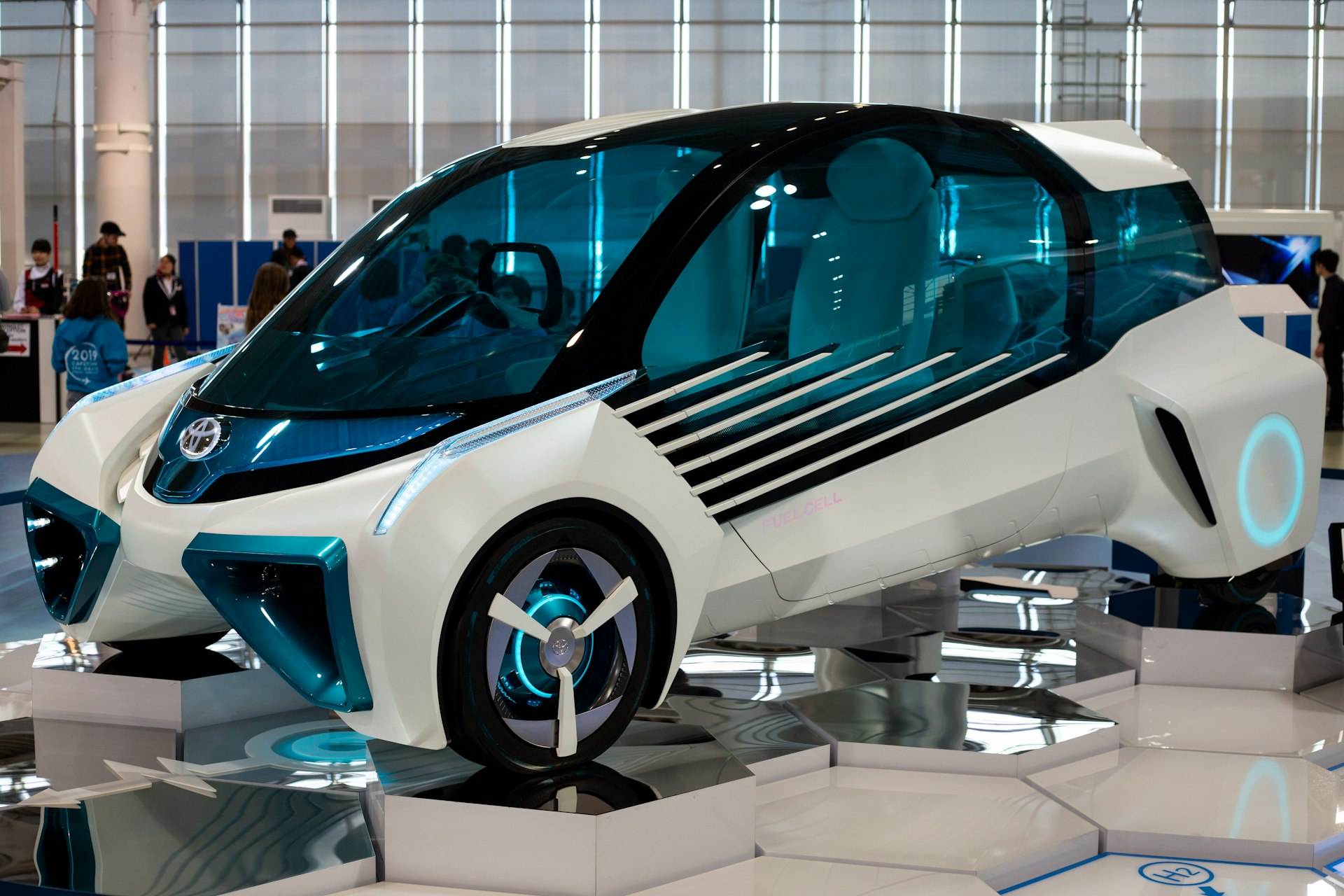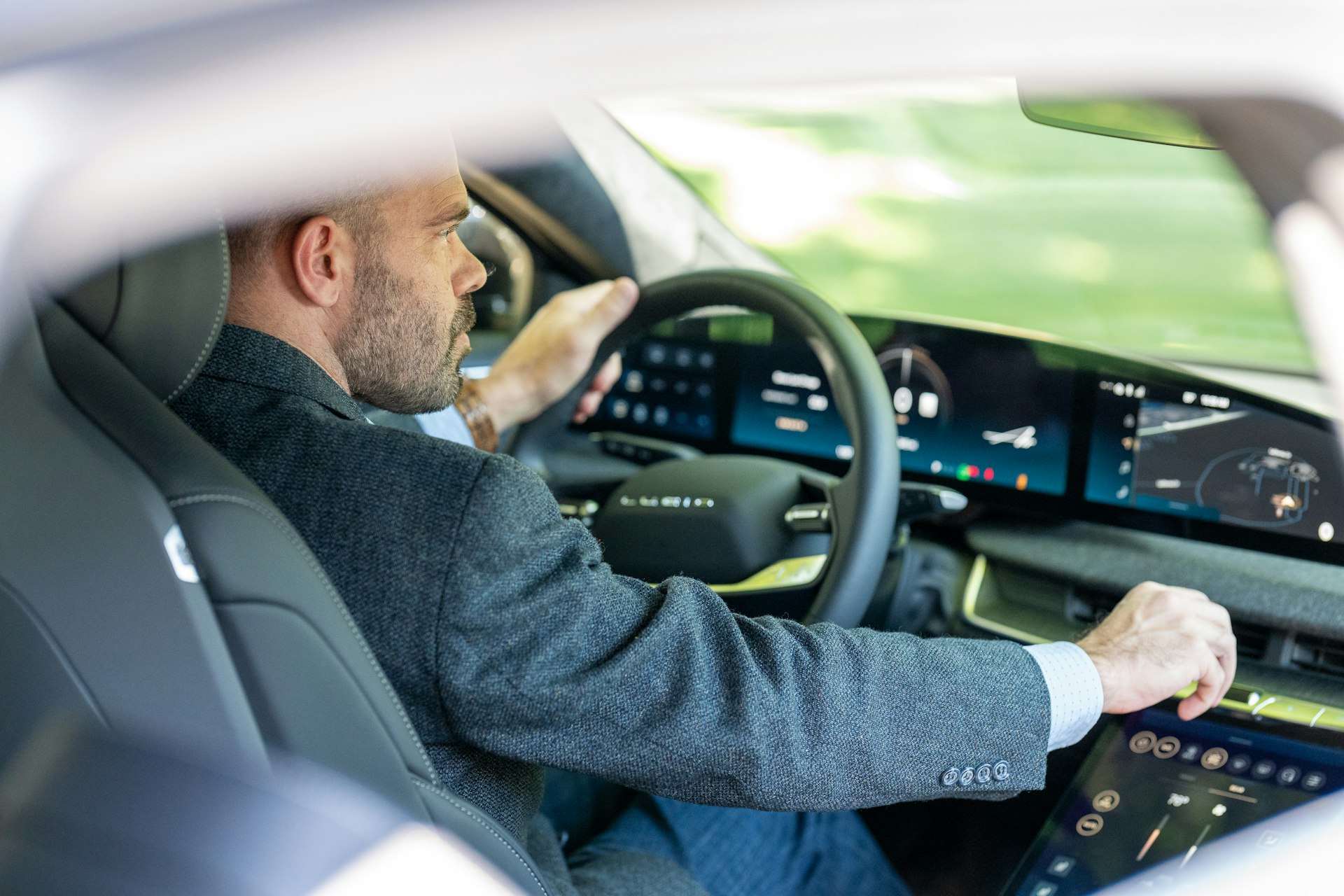How Edge Computing Drives Real-Time Decision Making in Connected Vehicles

Photo by Marek Piwnicki on Unsplash
Introduction
The evolution of connected and autonomous vehicles is rapidly reshaping the transportation sector. At the heart of this transformation lies edge computing , a decentralized approach that brings data processing closer to the source-within or near the vehicle itself-rather than relying solely on distant cloud servers. This shift is crucial for enabling real-time vehicle decisions , where milliseconds can determine safety, efficiency, and overall system reliability. [1] [2]
Why Real-Time Vehicle Decisions Demand Edge Computing
Modern vehicles are equipped with advanced sensors-LiDAR, radar, cameras, and more-that generate vast amounts of data every second. For autonomous or driver-assisted systems, this data must be processed instantly to:
- Detect hazards and obstacles
- Interpret traffic signals
- Navigate complex environments
- Respond appropriately to sudden changes, such as a pedestrian running into the road
Traditional cloud-based models introduce latency due to the physical distance and network delays between vehicles and centralized data centers. In contrast, edge computing processes data locally, ensuring that critical decisions-like braking or swerving-are made within milliseconds, drastically improving safety and reliability. [1]
The Core Functions of Edge Computing in Automotive Systems
Edge computing systems integrate several vital real-time functions within vehicles:
- Navigation and Path Planning : Local processing enables dynamic route adjustments based on changing traffic and road conditions.
- Sensor Data Processing : Edge hubs pre-process data from vehicle sensors, extracting key features and filtering out noise before passing actionable information to decision-making algorithms. [2]
- Command Execution : Vehicle controls (steering, braking, acceleration) are triggered by real-time outputs from edge algorithms, ensuring immediate response to environmental stimuli.
- Vehicle-to-Everything (V2X) Communication : Edge computing facilitates direct communication between vehicles and roadside units (RSUs), as well as vehicle-to-vehicle (V2V) interaction, enabling collaborative safety maneuvers and traffic management. [1]
Technical Architectures: How Edge Computing Is Integrated
Edge computing for vehicles can be implemented using several architectural models:
- Onboard Edge Devices : High-performance processors built into vehicles handle the bulk of real-time analytics, running AI algorithms directly on sensor data.
- Roadside Edge Units : Fixed computing nodes along roadways process and relay local traffic, weather, and safety information to passing vehicles.
- Multi-Access Edge Computing (MEC) : Utilizes cellular networks and 5G to connect vehicles to nearby edge servers, enhancing computational capacity and facilitating rapid data exchange. [1]
These architectures work together to minimize latency, optimize bandwidth usage, and distribute computational loads across multiple nodes for robustness. [3]
Actionable Steps: Implementing Edge Computing in Vehicles
If you are considering deploying edge computing for your automotive fleet or product, here is a step-by-step guide:
- Assess Data Requirements: Evaluate the types and volume of sensor data generated by your vehicles. Identify which data streams are mission-critical and require immediate processing.
- Select Appropriate Edge Hardware: Choose processors or embedded systems that balance computational power with energy efficiency. Consider automotive-grade AI chips that support real-time analytics.
- Develop or Integrate Edge Algorithms: Implement machine learning models for object detection, traffic prediction, and emergency response. Use proven AI frameworks optimized for edge environments.
- Establish V2X Communication Channels: Work with certified providers to enable secure, low-latency communication between vehicles, roadside units, and infrastructure. Multi-Access Edge Computing (MEC) with 5G support is recommended for scalability. [5]
- Implement Data Privacy and Security Measures: Ensure data processed at the edge is encrypted and complies with automotive cybersecurity standards. Regularly update edge software to patch vulnerabilities.
- Test and Optimize: Conduct rigorous real-world testing to validate latency, reliability, and decision accuracy. Continuously refine algorithms based on field feedback.
For additional guidance, consult your automotive technology provider or industry consortiums specializing in edge computing standards. You may also search for “automotive edge computing” on official automotive engineering association websites for best practices and compliance updates.
Real-World Examples and Case Studies
Major automotive manufacturers and technology companies have already begun deploying edge computing in production vehicles. For example:
- Self-driving taxis in urban environments process pedestrian and obstacle data on embedded edge devices to avoid collisions and optimize routes. [2]
- Freight fleets use roadside edge units to coordinate lane changes and platooning maneuvers, reducing fuel consumption and enhancing safety.
- Connected cars leverage MEC to download infotainment content and real-time navigation updates with minimal delay.
Challenges and Solutions in Edge Computing Deployment
While edge computing offers transformative benefits, several challenges must be addressed:
- Hardware Limitations: Automotive environments require robust, heat-tolerant hardware capable of handling intensive workloads. Solution: Invest in automotive-grade processors and edge accelerators.
- Network Reliability: Edge nodes may experience connectivity issues in remote or congested areas. Solution: Employ hybrid architectures, allowing vehicles to fall back on onboard processing when external connectivity is weak.
- Software Updates: Keeping edge software current is critical for security and performance. Solution: Implement secure over-the-air (OTA) update mechanisms, validated by automotive cybersecurity standards.
- Data Privacy: Processing sensitive information locally reduces cloud exposure but requires rigorous encryption and access controls. Solution: Apply industry-standard cryptography and regular security audits. [5]
Collaborating with established technology partners and adhering to industry guidelines can mitigate these risks.
Alternative Approaches and Future Trends
While edge computing is fast becoming the backbone of real-time vehicle decision-making, alternative and complementary technologies are also evolving:
- Hybrid Edge-Cloud Architectures: Some systems combine local edge processing with cloud-based analytics for long-term data storage and advanced learning, balancing latency and scalability.
- Federated Learning: This approach allows vehicles to collaboratively improve AI models without sharing raw data, enhancing privacy and system intelligence.
- 5G and Beyond: Next-generation cellular networks will further reduce latency and increase bandwidth, amplifying the capabilities of edge-enabled vehicles.
To stay informed about these advancements, you can periodically review publications from leading automotive technology journals and attend relevant industry conferences focused on AI and edge computing.

Photo by Mladen Šćekić on Unsplash
Key Takeaways for Automotive Leaders and Innovators
Edge computing is essential for enabling real-time vehicle decisions . By processing sensor data locally, vehicles achieve lower latency, improved safety, and robust performance in dynamic environments. Implementation involves careful hardware selection, algorithm development, and security planning, with multiple architectures and alternative approaches available. Staying updated with industry trends and best practices ensures successful deployment and ongoing operational excellence. [3]
References
- [1] The Society of Artificial Intelligence (2024). Edge Computing for Real-Time Decision Making in Autonomous Vehicles.
- [2] JISEM Journal (2024). Edge Computing, Autonomous Vehicles, Real-Time Data Analysis and Decision Making.
- [3] Applied Research in Artificial Intelligence and Cloud Computing (2024). Integration of Edge Computing in Autonomous Vehicles for System Efficiency, Real-Time Data Processing, and Decision-Making for Advanced Transportation.
- [4] A to Z of Software Engineering Blog (2025). Edge Computing: Empowering Real-Time Decision Making.
- [5] Horizon Connect (2025). Edge Computing in Automotive Connectivity.
MORE FROM ismath.net













